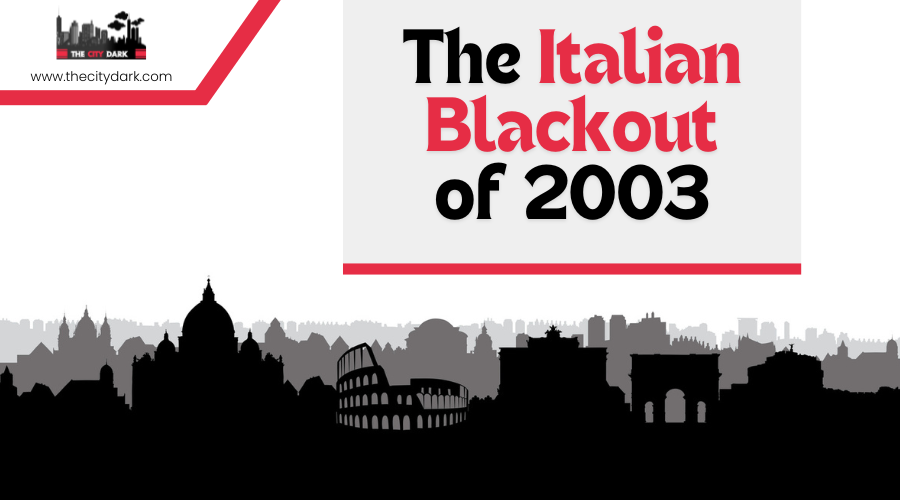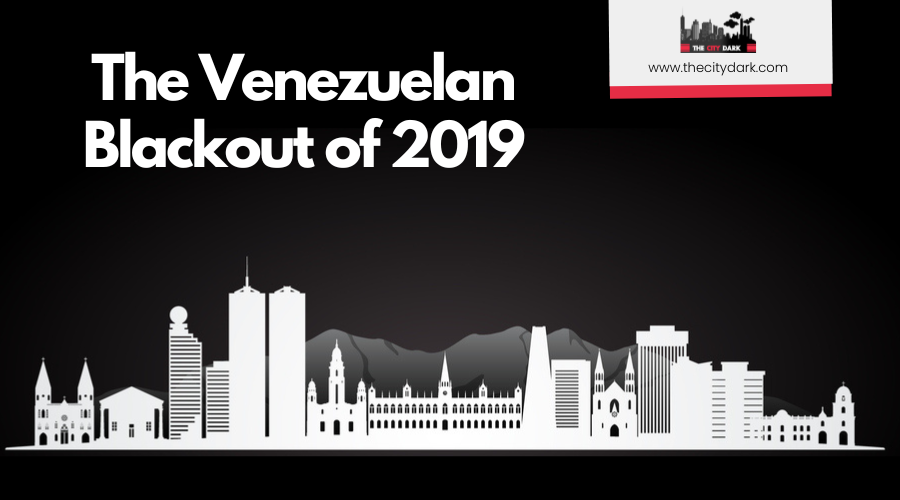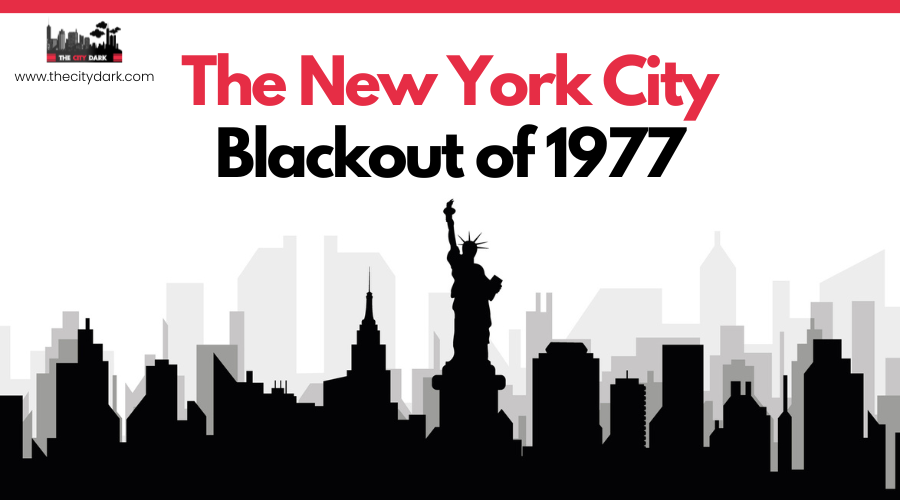2017 Puerto Rico Blackout
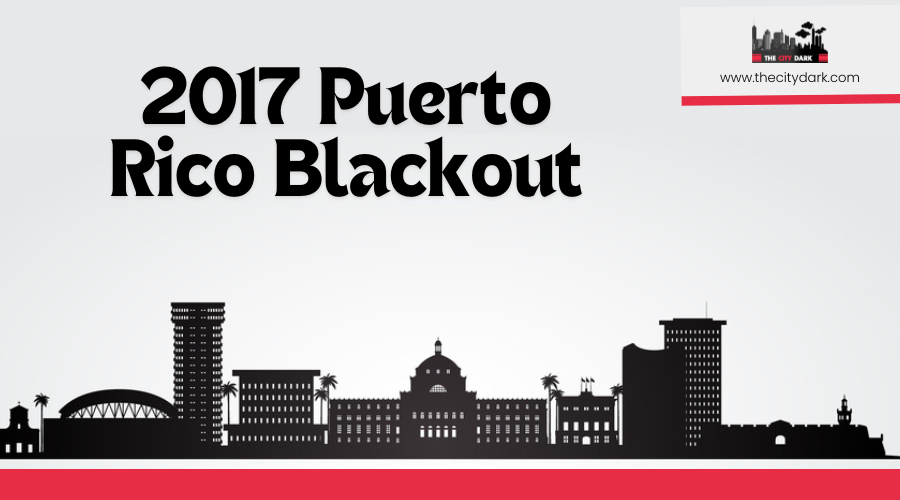
Imagine waking up one morning to find the entire island of Puerto Rico plunged into darkness, with no immediate end in sight. This was the reality in 2017 when Hurricane Maria devastated the island's power grid, leaving 3.4 million people without electricity. This catastrophic event highlights the vulnerabilities in Puerto Rico's infrastructure and raises questions about how such a collapse could occur in modern times. By examining the causes and consequences of this massive blackout, one can understand why it triggered urgent calls for infrastructure reform and what measures are being implemented to prevent future occurrences.
Overview of the 2017 Blackout
In 2017, Puerto Rico faced a profound crisis when Hurricane Maria triggered a complete power outage across the island. The collapse of the power grid left around 3.4 million residents without electricity, marking one of the most extensive blackouts in U.S. history. This event starkly exposed the fragility of Puerto Rico's electric system.
Recovery was painstakingly slow, with some areas not regaining power until well into 2018. The catastrophe highlighted systemic issues, such as outdated infrastructure and chronic underinvestment. The Puerto Rico Electric Power Authority (PREPA) struggled to manage the crisis, underlining the urgent need for comprehensive reform and modernization in the energy sector.
The blackout was more than just a temporary disruption; it revealed critical vulnerabilities in the island's power grid. This led to increased calls for significant changes to create a more resilient and reliable energy system. As Puerto Rico rebuilds, the lessons from this disaster are driving ongoing efforts to overhaul and strengthen its electric infrastructure to prevent future widespread outages.
Causes of the Blackout
The blackout wasn't a random occurrence. Hurricane Maria severely damaged the island's electrical infrastructure, and the aging power plants and transmission lines have exacerbated the problem. These systemic issues have persisted, making the grid increasingly unreliable.
Hurricane Maria's Devastation
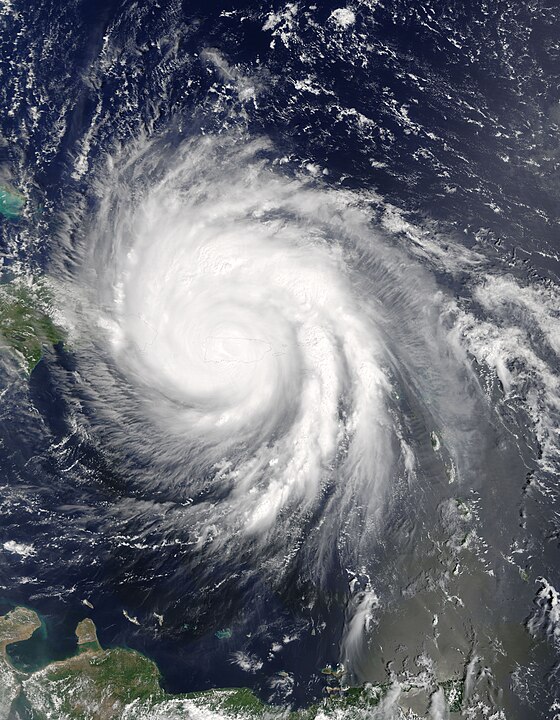
In September 2017, Hurricane Maria devastated Puerto Rico, crippling the island's electrical infrastructure and causing a blackout that impacted nearly 3.4 million residents. The storm inflicted about $90 billion in damages, marking the longest blackout in U.S. history, with some areas experiencing power outages for up to 11 months. This disaster exposed the vulnerabilities of Puerto Rico's electrical system, which had already suffered from chronic underinvestment and mismanagement.
The prolonged recovery period underscored the grid's poor maintenance and outdated technology. In response, efforts were initiated to privatize the electric grid to improve service delivery and prevent future blackouts. However, these measures have faced criticism for failing to address the systemic issues that led to the grid's failure. Hurricane Maria highlighted the urgent need for a comprehensive overhaul of Puerto Rico's electrical infrastructure to ensure a more resilient and reliable power supply for the future.
Aging Infrastructure Issues
Addressing the aging infrastructure issues in Puerto Rico's electrical grid reveals the root causes of frequent blackouts plaguing the island. Puerto Rico's power plants and transmission lines are outdated, increasing the risk of failures, especially during high demand or adverse weather. Despite the privatization to Luma Energy in 2020, these issues remain unresolved. Luma Energy deferred $65 million in essential maintenance and improvement projects, exacerbating the already fragile state of the power grid. Some repairs have been delayed for at least a year, further compromising the system's reliability.
The island's power grid, still recovering from natural disasters like Hurricane Maria, struggles to meet the demands of its population, which exceeds 3.2 million. Underinvestment and delayed maintenance have left the infrastructure vulnerable, leading to more frequent transformer failures and transmission line issues. These systemic failures directly impact the reliability of power for residents across Puerto Rico. Luma Energy's management of the aging infrastructure has not inspired confidence, as blackouts continue to disrupt daily life. To address these issues, significant investment and timely maintenance are crucial to ensure a more resilient and reliable power grid for Puerto Rico.
Immediate Impacts on Residents
The recent blackout in Puerto Rico left over 340,000 customers without power, impacting daily life in major cities like San Juan, Bayamón, and Caguas. For many residents, the outage was more than a mere inconvenience; it posed significant health risks, especially for the elderly who rely on electricity for medical devices and cooling systems during heat waves. The power loss exacerbated emotional distress and anxiety among a population already burdened by frequent blackouts.
Here are three crucial areas affected:
- Health Risks: Vulnerable populations, particularly the elderly, faced increased health risks without access to essential medical equipment and cooling systems.
- Emotional Distress: The uncertainty and helplessness of prolonged outages can lead to significant emotional distress, worsening the psychological impact on residents.
- Basic Necessities: The lack of electricity led to food spoilage and water scarcity, necessitating the use of candles and battery-operated devices for lighting and communication.
These events underscore the critical importance of reliable electricity for maintaining health, well-being, and daily life.
Government and Utility Response
In response to a widespread power outage impacting over 340,000 customers, Governor Pedro Pierluisi demanded accountability from Luma Energy and Genera PR. He condemned the blackout and urged both utility companies to provide immediate solutions. The Governor's swift action included ordering an investigation into the transmission line failures and the sudden shutdown of Genera PR units.
The Energy Bureau has directed Luma and Genera PR to submit stabilization plans to restore and enhance the electrical grid's reliability. In San Juan, the Mayor declared a state of emergency, emphasizing the severe impact on the elderly and other vulnerable populations. This declaration underscores the critical need for a more resilient infrastructure.
Public outcry has been overwhelming, with many residents protesting in the streets. They are calling for the removal of Luma Energy from power management, expressing frustration over privatization outcomes and persistent service delivery failures. The state of emergency and public demands for accountability highlight a turning point in Puerto Rico's energy crisis, emphasizing the urgent need for systemic reforms and improved utility management.
Role of Luma Energy
Luma Energy's management of Puerto Rico's power infrastructure has significantly influenced recent blackouts. Since assuming control in 2020, Luma has encountered substantial challenges, including significant criticism for its emergency response efforts, particularly during the June 2024 outage. Many residents have expressed frustration with the company's handling of infrastructure maintenance and crisis communication, demanding more effective solutions.
Infrastructure Management Challenges
Luma Energy's management of Puerto Rico's electrical grid has faced significant scrutiny, particularly after the massive blackout in June 2024 that left over 340,000 customers without power. Since Luma Energy took over from the Puerto Rico Electric Power Authority in 2020, outages have become more frequent and prolonged, underscoring severe infrastructure issues such as aging transmission lines and outdated power plants.
Several core concerns have emerged regarding Luma's approach to these challenges:
- Deferred Maintenance: Luma's budget prioritizes transmission and distribution but defers $65 million in essential maintenance projects, undermining grid reliability and exacerbating outages.
- Privatization Model: The fixed management fee, irrespective of performance, raises questions about accountability and the effectiveness of this privatization model, casting doubt on whether service quality is truly prioritized.
- Communication Issues: Luma's lack of transparency and poor communication during outages has left many in Puerto Rico frustrated and uninformed.
Addressing these issues is crucial for ensuring a stable and reliable power supply for Puerto Rico. The focus must shift toward completing essential maintenance projects and improving communication to restore public trust.
Emergency Response Efforts
Effective emergency response efforts are crucial in managing Puerto Rico's struggling electrical grid, especially under Luma Energy's management. Since taking over in 2020, Luma Energy's role in maintaining and repairing the grid has faced intense scrutiny, particularly following the June 2024 outage that left over 340,000 customers without power. The blackout exposed significant infrastructure issues, including failures in two critical transmission lines.
Luma Energy's response to the blackout faced criticism for inadequate communication about the outage's causes and the expected restoration times. This lack of transparency has heightened public frustration and increased calls for greater accountability. In response, the Puerto Rico Energy Bureau has mandated Luma Energy to submit detailed stabilization plans to prevent future outages and improve emergency response protocols.
The logistical challenges in repairing a faulty transformer further highlight the complexities of restoring reliable power. Effective management and proactive planning are essential for Luma Energy to ensure Puerto Rico's energy resilience. Below is a summary of the key issues and responses:
| Issue | Impact | Response |
|---|---|---|
| Transmission Line Failure | 340,000 customers affected | Investigations initiated |
| Communication Gaps | Public frustration | Call for transparency |
| Faulty Transformer | Prolonged outages | Logistical challenges |
| Infrastructure Issues | Grid instability | Stabilization plans required |
| Accountability | Increased scrutiny | Mandated by Puerto Rico Energy Bureau |
Public Reaction and Protests
Residents of Puerto Rico have taken to the streets in protest, gathering outside the governor's mansion and expressing their frustrations by banging pots and pans. Social media has become a powerful tool for Puerto Ricans to amplify their grievances, particularly condemning Luma Energy for frequent power outages. The public reaction has been overwhelmingly critical, with many demanding accountability and reliable energy solutions. Influential voices, such as musician Bad Bunny, have used their platforms to echo the public's anger, further fueling the protests.
Visuals of residents relying on candles and generators have flooded social media, highlighting the severe impact on daily life. The call for the removal of Luma Energy from power management has grown louder, supported by public figures and journalists who emphasize the urgent need for accountability from private companies involved in the electrical sector.
To understand the depth of public sentiment, consider these points:
- Widespread Discontent: Social media is filled with posts criticizing the lack of reliable energy.
- Influential Support: Public figures are joining the call for change.
- Daily Hardships: Images of life without power illustrate the urgency for a solution.
Your voice matters in this collective call for reliable energy and accountability.
Long-Term Effects
The ongoing power outages in Puerto Rico are not merely an immediate inconvenience; they are intensifying long-term socioeconomic challenges. Over 340,000 customers are affected, and with more than 40% of the population living in poverty, affording backup energy solutions is a significant struggle. These power outages contribute substantially to food insecurity, as extended blackouts lead to increased food spoilage. Residents also rely on alternative water sources, further straining daily life.
Vulnerable populations, particularly children and the elderly, face severe health risks during these outages. A lack of access to crucial medical devices and increased exposure to heat-related illnesses are immediate concerns that worsen over time. The energy crisis has broader economic implications as well. Business operations are disrupted, and public health is undermined, hindering Puerto Rico's long-term recovery and growth.
Systemic issues within the energy infrastructure, exacerbated by the privatization of the electric grid, have led to a lack of accountability and service reliability. This complicates efforts to implement sustainable energy solutions, making it difficult for the island to stabilize. Ultimately, these power outages create a vicious cycle of socioeconomic instability and vulnerability that Puerto Rico struggles to overcome.
Future Preparedness and Solutions
Addressing the long-term effects of Puerto Rico's power outages requires a proactive approach focused on future preparedness and sustainable solutions. This involves three key strategies:
- Improve Infrastructure: Strengthen systems to withstand natural disasters like hurricanes and earthquakes. Robust infrastructure is vital for resilience.
- Invest in Renewable Energy: Diversify energy production by investing in renewable sources. This reduces reliance on aging power plants and enhances grid stability, ensuring a more reliable energy supply.
- Enhance Community Preparedness: Educate residents on emergency protocols and the importance of having backup power solutions during outages. Empowering communities with this knowledge enables more effective crisis management. Furthermore, enhancing emergency communication systems ensures timely updates and information dissemination during power failures and other emergencies.
Systemic reforms in energy management are also necessary to prioritize reliability and accountability. Without these reforms, consistent service delivery cannot be assured.

